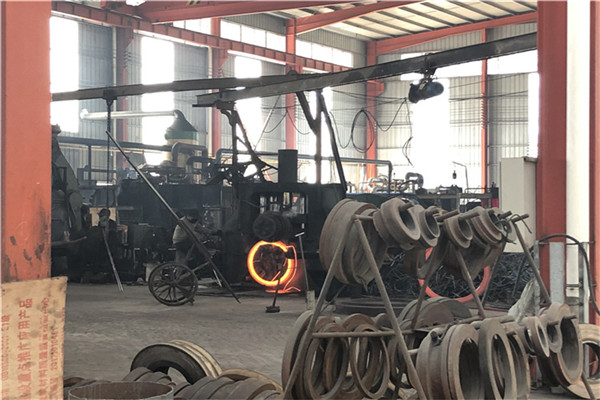

鋳物と比較して、金属はその後の微細構造と機械的特性を改善することができます鍛造. After hot working deformation of the casting structure, the original coarse dendrites and columnar grains are transformed into fine-grained and uniform-sized equiaxed recrystallized structures due to the deformation and recrystallization of the metal, which causes the original segregation, The compaction and welding of loosening, porosity, slag inclusion, etc., the organization becomes tighter, improving the plasticity and mechanical properties of the metal. The mechanical properties of castings are lower than those of 鍛造s of the same material. In addition, the 鍛造 process can ensure the continuity of the metal fiber structure, keep the fiber structure of the 鍛造 consistent with the shape of the 鍛造、および金属フローラインが完成しているため、部品の機械的特性が良好で、耐用年数が長くなります。精密ダイ鍛造 and cold extrusion The 鍛造s produced by hot extrusion and other processes are all unmatched by castings. The 鍛造s are metal objects that are pressed and shaped by plastic deformation to the required shape or suitable compression force. This power is typically achieved through the use of hammers or pressure. The casting process builds an exquisite granular structure and improves the physical properties of the metal. In the actual use of components, a correct design can make the particle flow in the direction of the main pressure. Castings are metal shaped objects obtained by various casting methods, that is, smelted liquid metal is poured into pre-prepared casting molds by pouring, injection, suction or other casting methods, and after cooling, the sand is dropped, cleaned and after Processing, etc., to obtain objects with a certain shape, size and performance.
